Age of Empires
Windows game, 1997
- Genre:
- Strategy
- Year:
- 1997
- Developer:
- Ensemble Studios
- Publisher:
- Microsoft
- Perspective:
- Isometric
- Theme:
- History, Real-time
- Releases:
- Windows (1997), Macintosh (1999)
- Also known as:
- AoE1, Age of Empires 1, Tribe, Diguo Shidai, Dawn of Man, Age of Empires: Un juego épico para crear y conquistar imperios, Age of Empires: Ein Spiel über große Zivilsationen und Eroberungen, Age of Empires: Bâtissez votre civilization, Age of Empires: An Epic Game of Empire-Building and Conquest
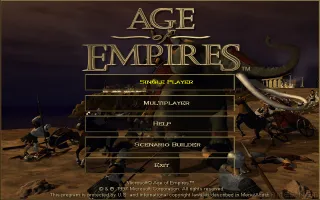
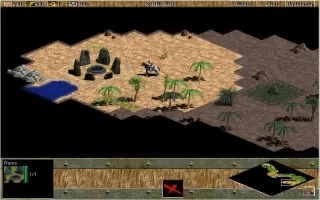
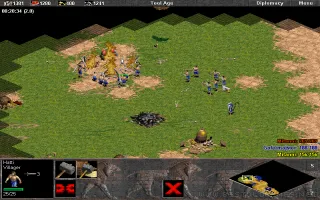
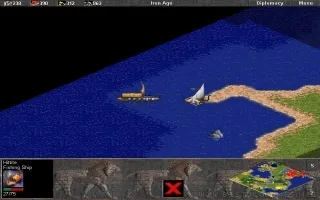
In 1994, Tony Goodman and his colleague John Boog-Scott founded Ensemble Studios. Together, they were going to create "the best game the world has ever seen." They were both game enthusiasts and liked the RTS genre (Real-Time-Strategy Games). As they approached the final concept of the game with a growing team, they said they would take what works in other RTS games - the inspiration came directly from games like Warcraft, Command & Conquer, or Sid Meier’s Civilization - and perfect the conncept at the same time. …read more
Game review
In 1994, Tony Goodman and his colleague John Boog-Scott founded Ensemble Studios. Together, they were going to create "the best game the world has ever seen." They were both game enthusiasts and liked the RTS genre (Real-Time-Strategy Games). As they approached the final concept of the game with a growing team, they said they would take what works in other RTS games - the inspiration came directly from games like Warcraft, Command & Conquer, or Sid Meier’s Civilization - and perfect the conncept at the same time.
Eventually, the concept was born, with which they came to the Microsoft review committee headed by Bill Gates - an RTS game with embedded elements of real history and playable historical civilizations, as well as a historical campaign as the main gaming experience. On October 26, 1997, Age of Empires was published, set in the times before our era, in the times of the ancient empires, where the city-states of Greece, Persia and subsequently Rome played the leading role.
Age of Empires was the first real-time strategy based on historical facts in depicting historical events, depictions of military units and buildings of individual civilizations. Previous games of this genre took place in fantasy worlds (eg Warcraft) or in science-fiction environments, such as Dune II or Total Annihilation. Historical fidelity was known only for some turn-based strategies, such as Colonization. The game was also one of the first to use an isometric view instead of a top view. The game runs from the Stone Age to the Iron Age. The player can choose from twelve (and in the Rad of Rome data disc from four other) nations of antiquity, which differ in characteristics and units.
At the beginning, the player chooses one of twelve nations, all for example Greeks, Babylonians, Japanese or Egyptians, each of which has its own specific campaign. The chosen nation then has to go through four ages: the stone age, the copper age, the bronze age and finally the iron age. Each of these periods opens up new possibilities for the player in virtually every aspect. As in most similar strategies, you need to mine resources, recruit soldiers and build cities to progress successfully. Another important game element is cultural development as well as research, which determines how well and in which direction the empire will go.
Technology is researched at specific buildings, to which they are generally related; for example, religious research is done in temples and improved armor is researched in the storage pit. Technological advances come in many categories, such as military upgrades (better arms and armor for units), economic upgrades (increasing the efficiency of resource gathering), religious upgrades (faster conversion rates and more abilities for priests) and infrastructure upgrades (stronger fortifications and more resilient buildings). As basic technology research is completed, more advanced technologies may become available. Some technologies are not available to certain civilizations. Technology plays a very important role in the strategy of the game. As a civilization progresses through the ages, technology becomes more and more expensive, which makes collecting the necessary resources to research them difficult. As a consequence, balancing the workforce of villagers across the various resources can make the difference between victory and defeat.
Comments
Below are the most recent comments. Discuss this game in our forum to see all of them.
the first stone in a row of quite possibly the best rts games in existence, very nostalgic and can get very intense
User reviews
There are no reviews yet, be the first to review this game!
Extras
- Manual .pdf, 13.56 MB
- Reference card .pdf, 1.78 MB
- Guide .pdf, 107.78 MB
- Guide .pdf, 79.56 MB

























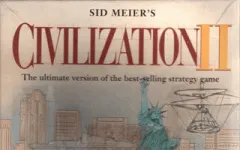
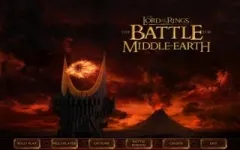
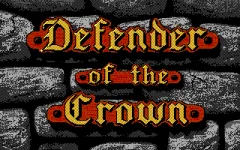
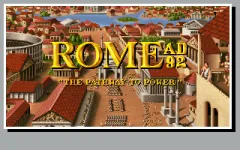
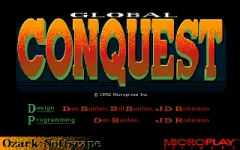







 Buy me a coffee
Buy me a coffee